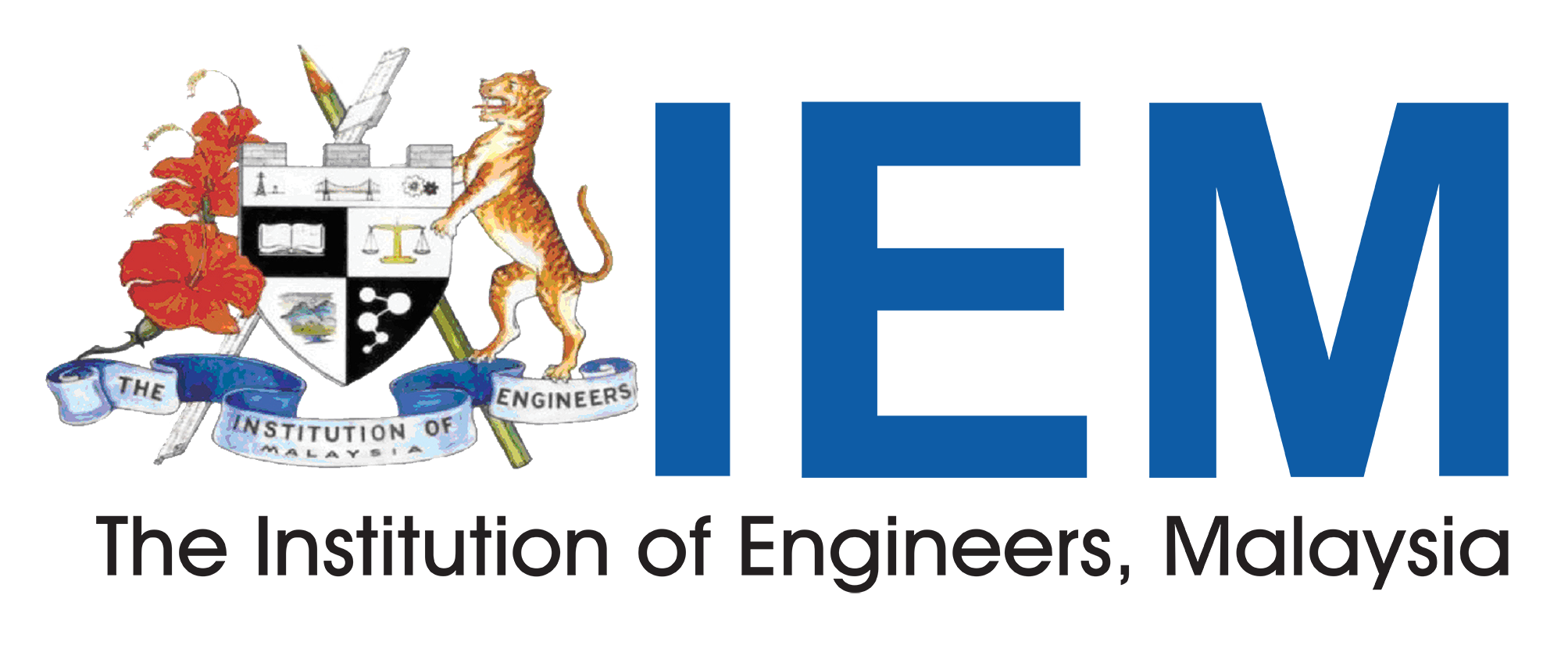Reported By: Ir. Dr. Lee Choo Yong & Ir. Dr. Mui Kai Yin
Technical talk entitled “AI Deep Learning: Blurring the Line between Real and the Fake” was presented by Dr. Loy Chen Change via Zoom virtual platform hosted by IEM eETD and IEM Penang Secretariat on 3rd December 2020. The technical talk was organized by Electronic Engineering Technical Division (eETD). Deputy Chairman of IEM eETD, Ir. Dr. Mui Kai Yin kick start the talk by providing a brief introduction about the talk, follow with introducing and welcome the speaker Dr. Loy to begin his sharing.
Following are the key contents of Dr. Loy’s talk:
- Computer vision background
- A little history
- ImageNet and breakthrough
- Applications and success
- Fundamentals of machine learning
- Why learning?
- Statistical learning
Dr. Loy start off with the introduction of “deep learning in computer vision”, the history and evolution of this technical domain, and shared the applications and successes. He said Deep learning enables breakthroughs in artificial intelligence (AI) voice recognition, facial recognition, image recognition, game playing, autonomous driving, robo-advisor, and natural language processing.
He presented many practical examples and applications, including identity authentication, entertainment (example: change body shape), image and video editing, and etc.
He emphasized one of David Marr’s most important contributions that was in the level of representation and algorithm where Marr proposed a representation framework for vision as following (refer to picture below), with Marr vision, prima sketch, 2.5D sketch, 3D model, that lead to many subsequent development works.

He also quoted the real time face detection is one of the interesting works discovered by Viola & Jones. (Refer to picture below).

Dr. Loy also talked about the history of deep learning, Neuro network, LeNet, and related developments. What leads to breakthrough? He mentioned that Geoffrey Hinton summarized the findings up to today into the following 4 points:
- Our labeled database were thousand times too small.
- Our computers were millions of times too slow.
- We initialize weights in a stupid way.
- We used a wrong type of non-linearity.

The key application and success of deep learning for AI including face recognition, image recognition, natural language processing, robo-advisor, finance trading bot, autonomous driving, game playing and voice recognition. (Refer to picture below).

Dr. Loy also introduced the fundamental of machine learning, supervised learning with various image recognition, speech processing, natural language processing, robotic control and others,
Toward the end of the talk, Dr. Loy also shared some useful resources for deep learning, such as Pycoach (python), colab google, openmmlab.com, coursera for participants to explore.
The talk was attended by 33 participants comprises IEM members, and university students and others. A group photograph was taken toward the end of the evening talk.
